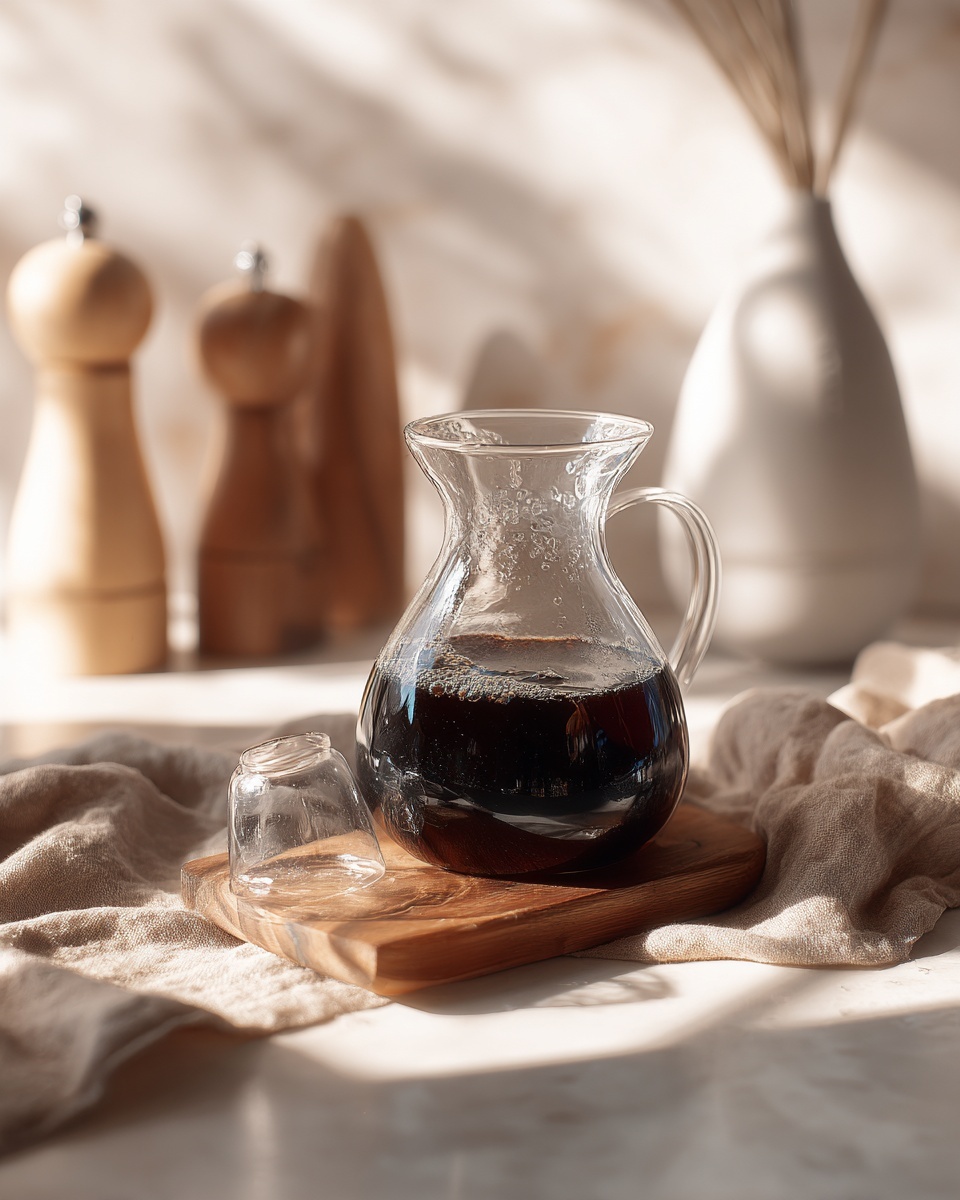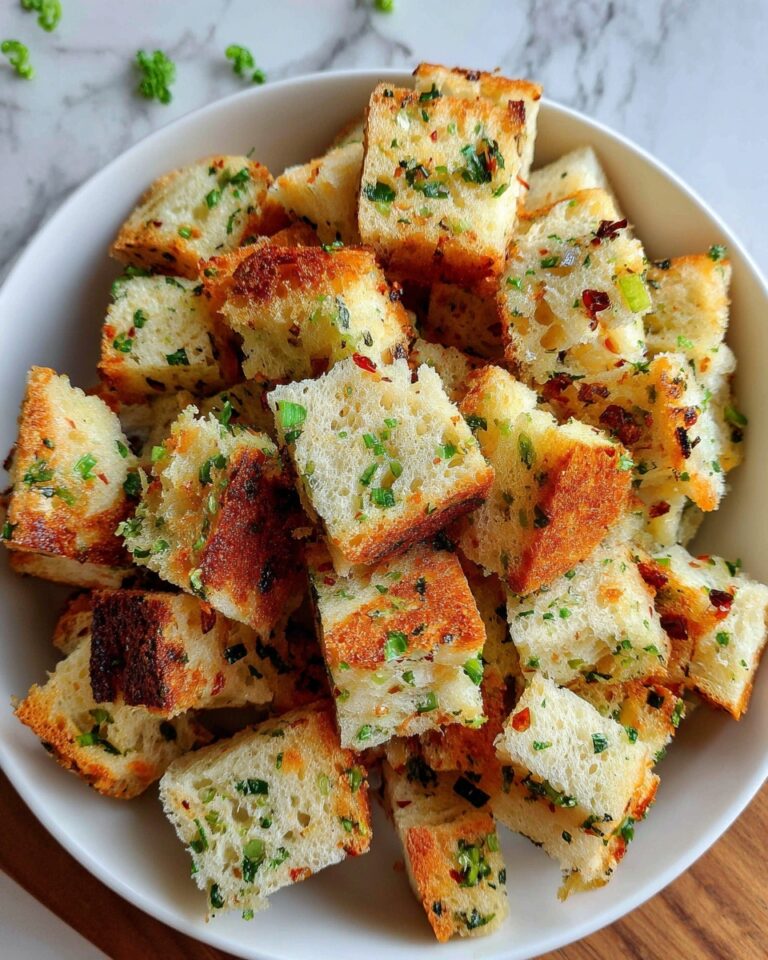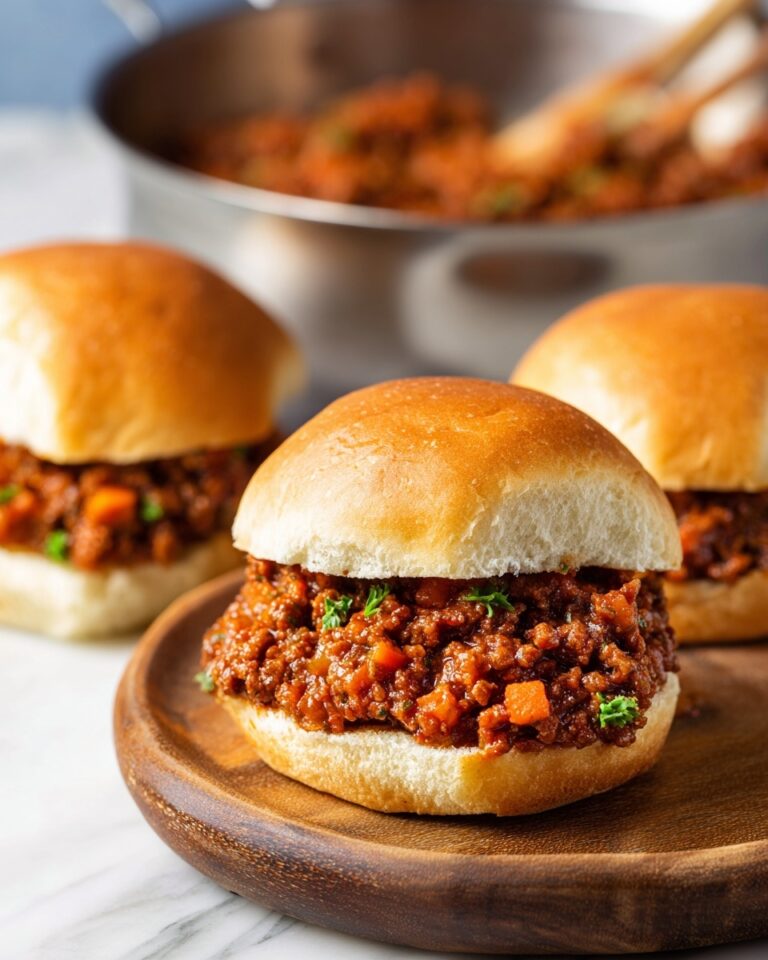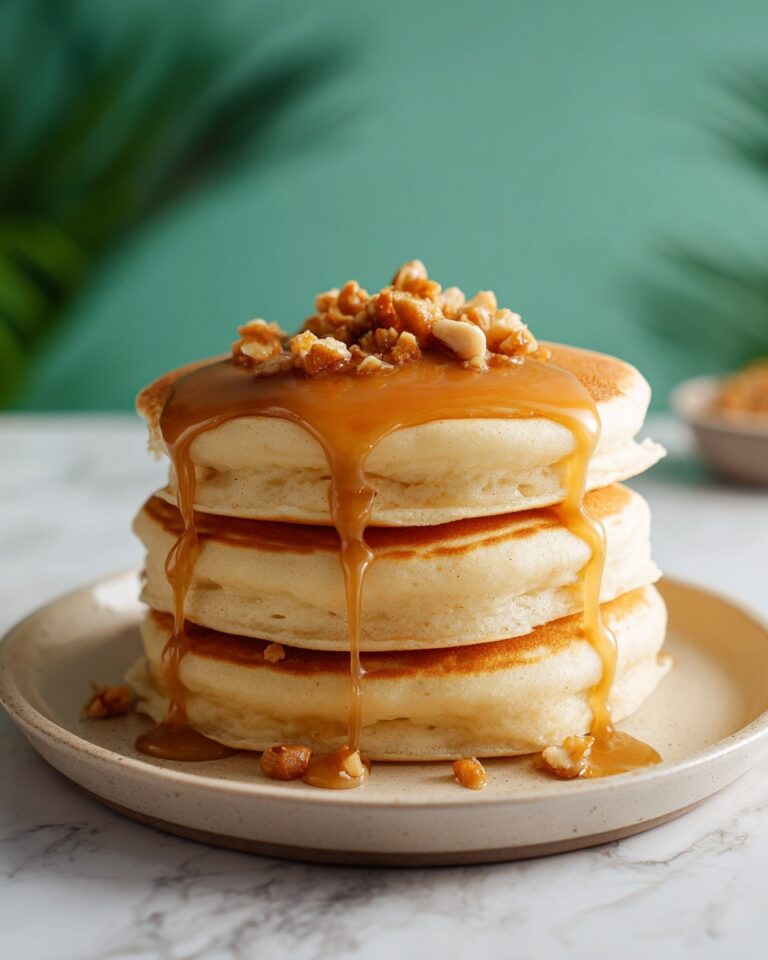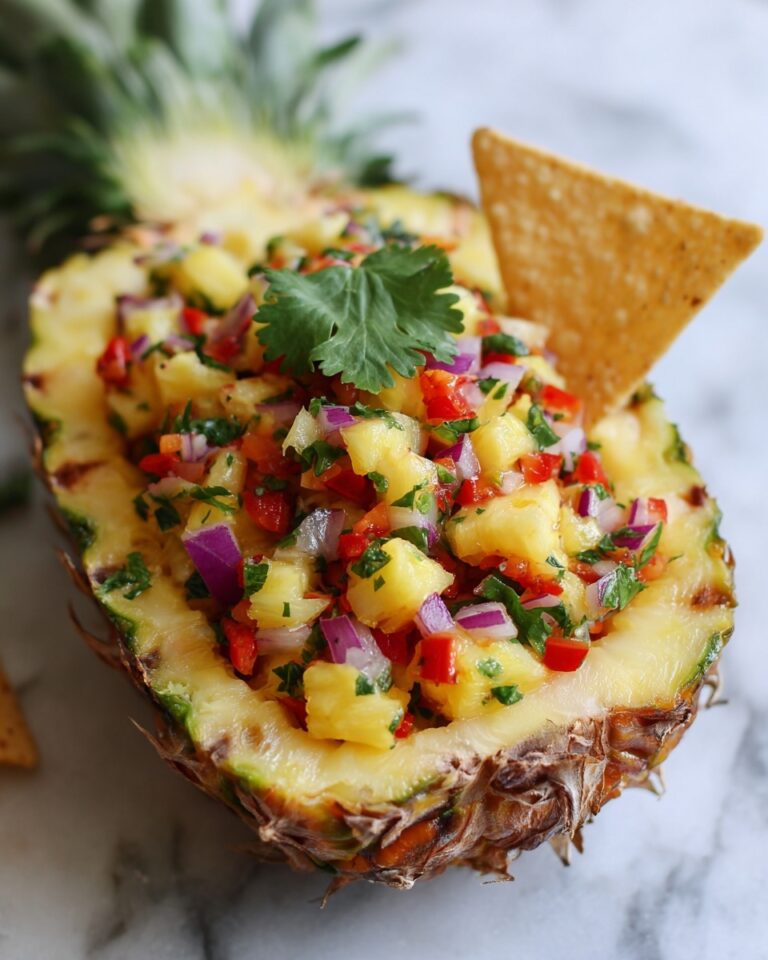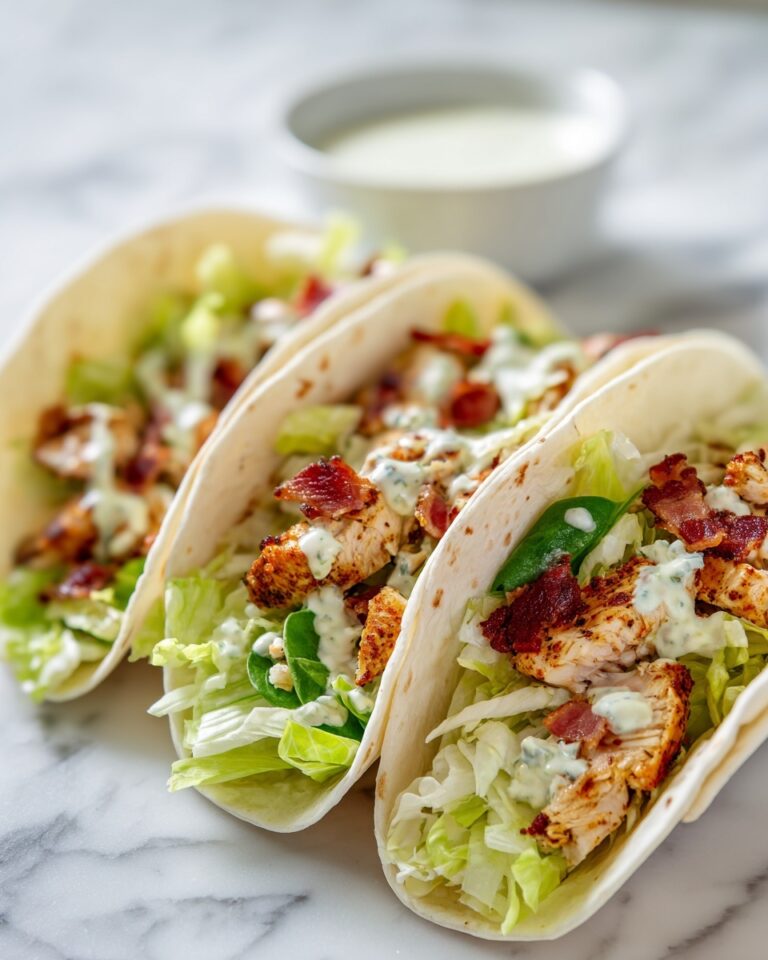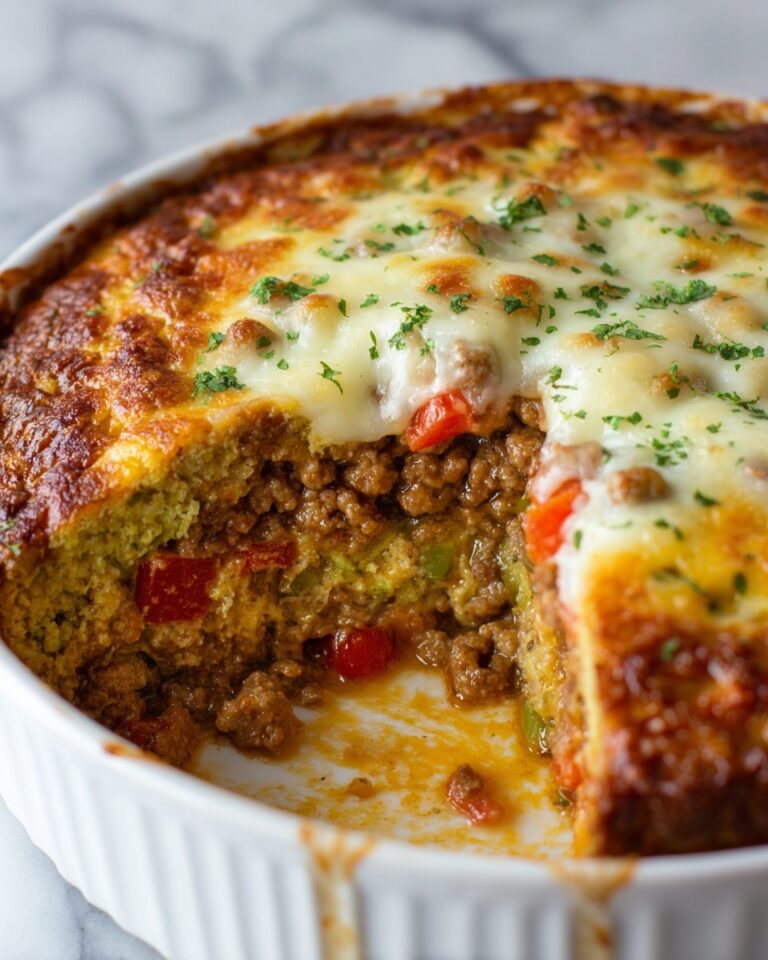If you have ever enjoyed the tangy sweetness that balsamic glaze adds to dishes, wait until you make this Homemade Balsamic Glaze Recipe yourself. It’s incredibly simple to prepare with just a couple of pantry staples, yet it transforms everything from salads and roasted veggies to grilled meats and even desserts into something spectacular. The syrupy reduction of balsamic vinegar with a touch of brown sugar creates a rich, glossy drizzle that balances acidity with sweetness in the most delightful way.
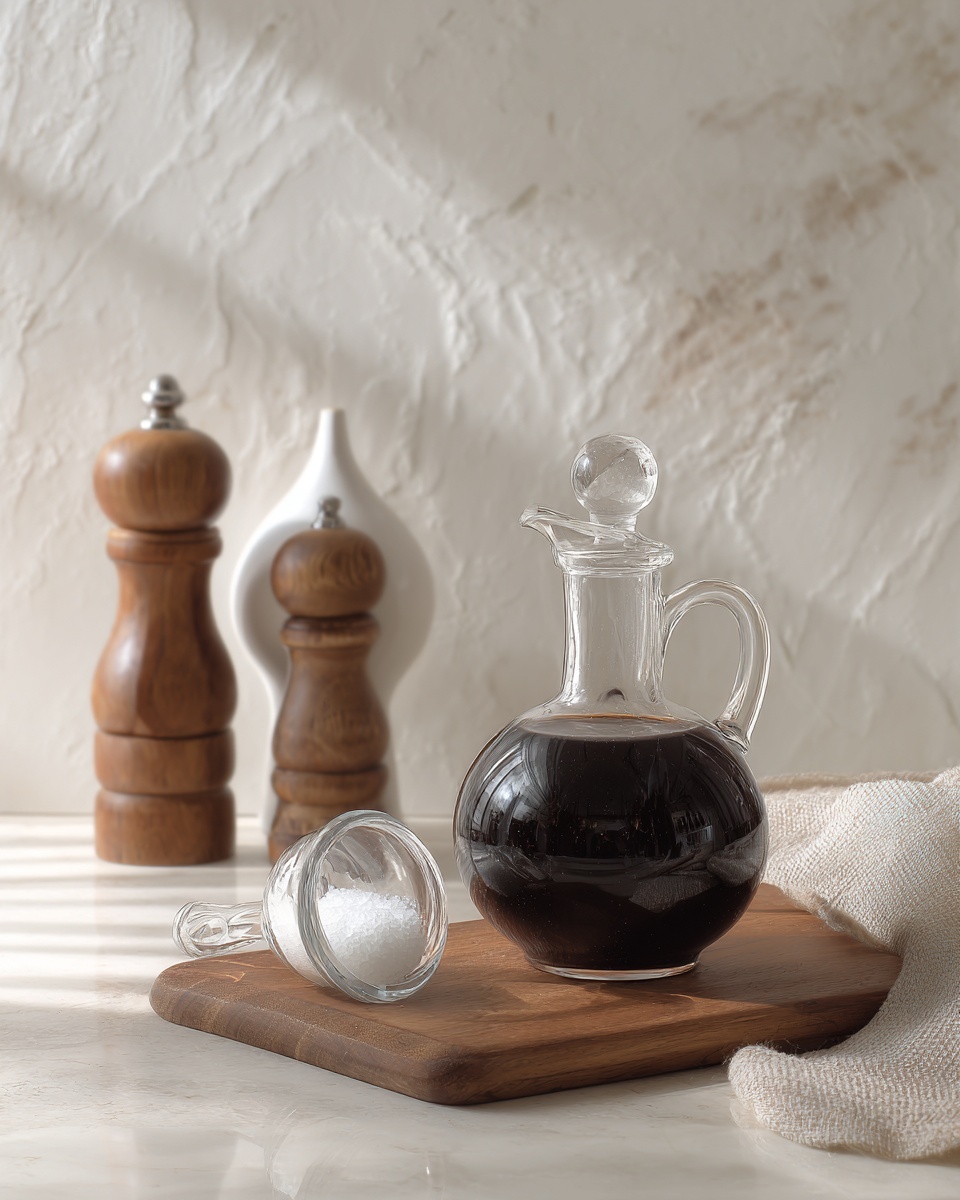
Ingredients You’ll Need
This homemade balsamic glaze shines because of its simplicity. Each ingredient plays a vital role in developing its luscious texture and balanced flavor, making it easy to elevate your meals with minimal effort.
- 1 cup balsamic vinegar: The star of the show, providing that deep, complex tangy-sweet flavor essential for the glaze’s signature taste.
- 2 tablespoons brown sugar (optional): Adds natural sweetness and helps thicken the glaze for a more luscious finish, but feel free to skip for a purer vinegar punch.
How to Make Homemade Balsamic Glaze Recipe
Step 1: Combine Ingredients in a Saucepan
Start by pouring your balsamic vinegar into a small saucepan over medium heat. If you want a sweeter, thicker glaze, stir in the brown sugar now, stirring until it fully dissolves. This step sets the stage for a beautifully balanced reduction.
Step 2: Bring to a Gentle Simmer
Once the sugar is fully incorporated, bring the mixture to a gentle simmer. Avoid boiling aggressively—that can cause bitterness. A gentle simmer will help concentrate the flavors and prevent burning.
Step 3: Reduce and Thicken
Lower the heat and let the vinegar simmer for about 12 to 15 minutes. Stir occasionally to keep everything moving and to prevent sticking. You want the volume reduced by roughly half and the consistency to turn syrupy. This stage requires a little patience, but the results are so worth it.
Step 4: Cool and Store Your Glaze
Once reduced, remove the pan from the heat and allow the glaze to cool. It will thicken further as it cools, achieving that perfect pourable texture. Transfer it to a clean jar or a squeeze bottle for easy drizzling later on.
How to Serve Homemade Balsamic Glaze Recipe
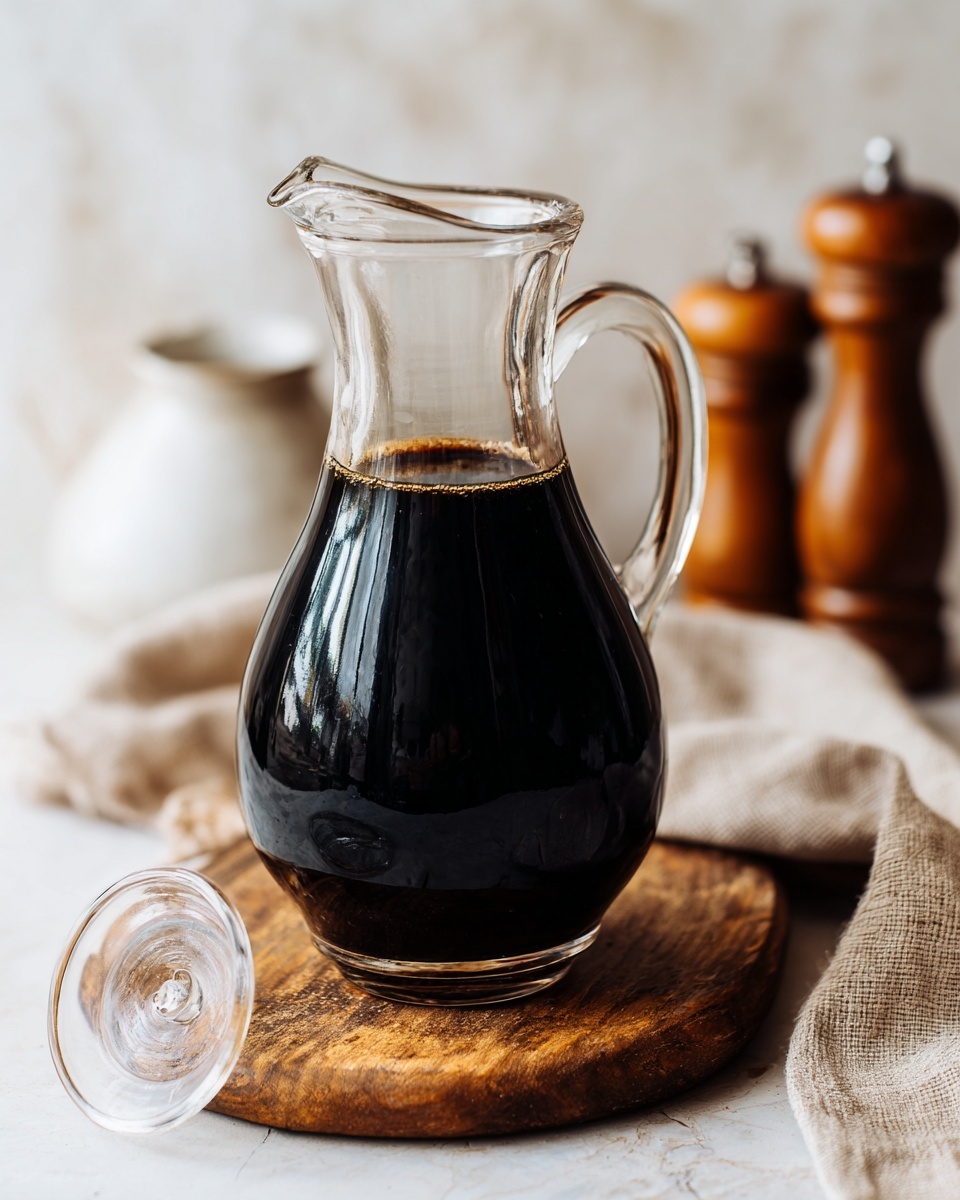
Garnishes
This glaze is the ideal finishing touch. Drizzle it over a Caprese salad where its sweet tang perfectly pairs with ripe tomatoes, fresh mozzarella, and basil. It’s also divine on a charcuterie board alongside cheeses and prosciutto for a burst of flavor.
Side Dishes
Roasted vegetables like Brussels sprouts, carrots, or asparagus get an instant upgrade when glazed with this reduction. You can also brush it on grilled chicken or pork to add a glossy, sweet-savory layer that your taste buds will adore.
Creative Ways to Present
Don’t limit yourself to savory dishes. Drizzle your homemade balsamic glaze over fresh strawberries or vanilla ice cream for a surprising and delightful dessert. Try swirling it on a cheese platter next time you entertain for that extra wow factor.
Make Ahead and Storage
Storing Leftovers
Keep your balsamic glaze in an airtight container or squeeze bottle in the refrigerator. It will stay fresh for up to a month, so you can enjoy this quick flavor enhancer whenever the mood strikes.
Freezing
While freezing is possible, it’s generally unnecessary because the glaze keeps well in the fridge. If you do freeze it, thaw gently to maintain its smooth texture, but be aware it might lose a bit of its glossy appearance.
Reheating
If your glaze becomes too thick or slightly solidifies in the fridge, gently warm it over low heat to bring back its pourable consistency. Stir occasionally and watch carefully so it doesn’t burn or boil too fast.
FAQs
Can I make this balsamic glaze without sugar?
Absolutely! The sugar is optional and used primarily to add sweetness and help thicken the glaze. If you prefer a more tart and robust vinegar flavor, simply reduce the balsamic vinegar alone to create a natural glaze.
How much does the glaze reduce during cooking?
You want to reduce the balsamic vinegar by about half. This concentration thickens the liquid into a syrupy consistency and intensifies its flavors. Keep an eye on it near the end to ensure it does not burn.
What types of balsamic vinegar work best?
A good quality traditional balsamic vinegar works best for a rich, complex flavor. However, store-bought balsamic vinegars labeled as “reduction” usually contain sweeteners and thickeners. For this recipe, plain balsamic vinegar produces the best homemade glaze.
How should I store the homemade balsamic glaze?
Store your glaze in a sealed jar or squeeze bottle in the refrigerator. It will keep for up to one month, making it super convenient for quick meal fixes.
Can I use this glaze on desserts?
Definitely! Balsamic glaze pairs wonderfully with fresh fruit such as strawberries or figs and creamy desserts like vanilla ice cream or panna cotta. The sweet-tart contrast adds sophistication to any treat.
Final Thoughts
Creating your own Homemade Balsamic Glaze Recipe is a delightful kitchen adventure that pays off every time you drizzle it on your favorite food. With just balsamic vinegar and optional brown sugar, you have a stunning condiment that’s as versatile as it is delicious. Give it a try—you’ll love the ease and the incredible flavor it brings to your dishes!
Print
Homemade Balsamic Glaze Recipe
- Prep Time: 2 minutes
- Cook Time: 15 minutes
- Total Time: 17 minutes
- Yield: 1/2 cup
- Category: Condiment
- Method: Stovetop
- Cuisine: Italian
- Diet: Vegan
Description
This easy homemade Balsamic Glaze Vinegar recipe creates a rich, syrupy condiment perfect for drizzling over roasted vegetables, grilled meats, salads, and even desserts. Made by gently simmering balsamic vinegar with optional brown sugar to enhance sweetness and thickness, it develops a concentrated, tangy-sweet flavor that elevates any dish.
Ingredients
Ingredients
- 1 cup balsamic vinegar
- 2 tablespoons brown sugar (optional, for sweetness and thickness)
Instructions
- Combine Ingredients: Pour the balsamic vinegar into a small saucepan and place it over medium heat. If using brown sugar, stir it in now until fully dissolved to incorporate sweetness and thickness.
- Simmer the Mixture: Bring the vinegar mixture to a gentle simmer, then reduce the heat to low. Let it simmer for 12–15 minutes, stirring occasionally, to reduce the volume by about half and allow the syrupy glaze to form.
- Monitor and Remove: Keep a close eye on the simmering vinegar near the end of cooking to prevent burning. Once thickened and reduced, remove the saucepan from heat.
- Cool and Store: Allow the glaze to cool, during which it will thicken further. Transfer the cooled glaze to a clean jar or squeeze bottle for convenient storage and use.
Notes
- For a naturally sweet glaze, omit the brown sugar and reduce the vinegar alone.
- Store the balsamic glaze in the refrigerator for up to 1 month.
- This glaze is perfect for drizzling over roasted vegetables, grilled meats, caprese salad, or even fresh strawberries and ice cream.

